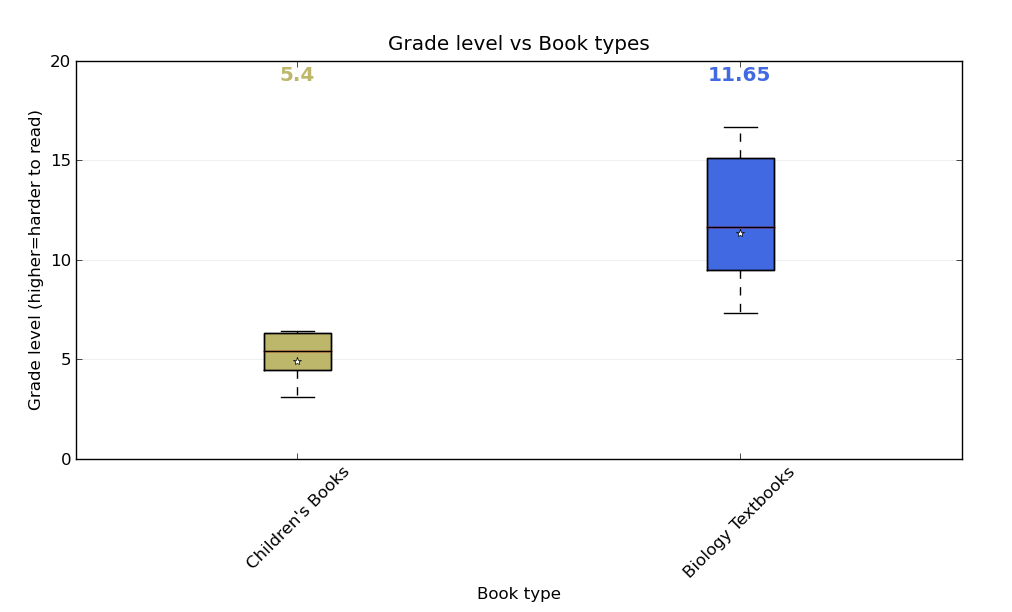I wanted to host an email server for a project I am working on. Due to the simplicity of installing a web server in modern linux distributions I mistakenly assumed I was a few “apt-get install”s away from success. This was stupid of me.
Don’t get me wrong, I am sure that sendmail and postfix are wonderful pieces of powerful software, and as someone searching for free software to do complex things I have no right to complain, but I simply don’t care enough about email to invest time in learning. It’s just not fun or sexy to me. For whatever reason, web servers are sexier. Web servers are still tied to the future and are going interesting places. But email seems bland and tired, no longer tied to progress, like some sort of dead end, waiting to be replaced by some cooler communication system.
Basically, my search for a simple solution led me here: https://help.ubuntu.com/community/MailServer , which tells me exactly what I don’t want to hear:
Setting up an email server is a difficult process involving a number of different programs, each of which needs to be properly configured. The best approach is to install and configure each individual component one by one, ensuring that each one works, and gradually build your mail server.
Great. Perhaps my technical genius will allow me to plow through this in a few minutes?
A Mail Transfer Agent (MTA) is the program which receives and sends out the email from your server, and is therefore the key part. The default MTA in Ubuntu is Postfix, but exim4 is also fully supported and in the main repository.
Postfix – this guide explains how to set up Postfix.
But the extent of my technical genius is vastly (well, entirely) overstated and my attention span is near it’s limit. I hope this is relatively simple.
[...]
Configure Postfix to do SMTP AUTH using SASL (saslauthd):
sudo postconf -e 'smtpd_sasl_local_domain =' sudo postconf -e 'smtpd_sasl_auth_enable = yes' sudo postconf -e 'smtpd_sasl_security_options = noanonymous' sudo postconf -e 'broken_sasl_auth_clients = yes' sudo postconf -e 'smtpd_recipient_restrictions = permit_sasl_authenticated,permit_mynetworks,reject_unauth_destination' sudo postconf -e 'inet_interfaces = all'Next edit /etc/postfix/sasl/smtpd.conf and add the following lines:
pwcheck_method: saslauthd mech_list: plain loginGenerate certificates to be used for TLS encryption and/or certificate Authentication:
touch smtpd.key chmod 600 smtpd.key openssl genrsa 1024 > smtpd.key openssl req -new -key smtpd.key -x509 -days 3650 -out smtpd.crt # has prompts openssl req -new -x509 -extensions v3_ca -keyout cakey.pem -out cacert.pem -days 3650 # has prompts sudo mv smtpd.key /etc/ssl/private/ sudo mv smtpd.crt /etc/ssl/certs/ sudo mv cakey.pem /etc/ssl/private/ sudo mv cacert.pem /etc/ssl/certs/Configure Postfix to do TLS encryption for both incoming and outgoing mail:
[...]
Oh my god I don’t care anymore. I don’t understand why this sensible configuration isn’t built in or automated, there probably are wonderful technical reasons, but I am physically unable to force myself to type in these commands because I am bored just reading them.
If this was Node.js or clojure, the compelling nature of what they enable and how they sit at the edge of innovation might entice me to dig through config files — and yet ironically I don’t need to because the default install for those programs are fairly straightforward.
Anyways, moral of the story: The amount of garbage you are willing to put up with to get something working reflects how inherently interesting you deem that endeavor. Keep that in mind the next time you feel your temperature rising when dealing with config files. Perhaps some things are worth outsourcing instead of buckling down and working through. I feel like an intermediate knowledge of web servers will be handy in future projects, whereas becoming intimate with IMAP, SASL, MTA, and MX DNS records probably does not pave a path towards the next big thing.


